‘Bhool Bhulaiyaa’: How a psychological horror became a comfort watch
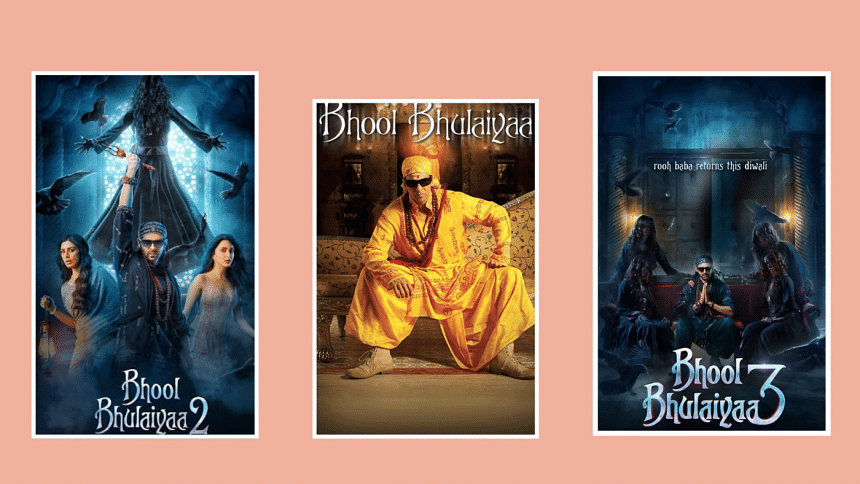
Large ancestral mansions with tales unknown, deep mysteries looming for generations, exquisite interiors hiding years of misdeeds; the very factors that make history humane also make the places witnessing them areas of massive interest. A family drama unfolding in such a backdrop, with a cast executing fine performances, ought to be acclaimed. Yet, the true beauty of the 2007 psychological horror-comedy "Bhool Bhulaiyaa" lies in its appeal, even after all these years.
"Bhool Bhulaiyaa", produced by T Series and directed by Priyadarshan, was inspired by Madhu Muttam's 1993 Malayalam-language film "Manichitrathazhu", which was directed by Fazil and based on a 19th-century tragedy that occurred at Madhu's Alummoottil tharavad (an old traditional mansion) in Kerala.
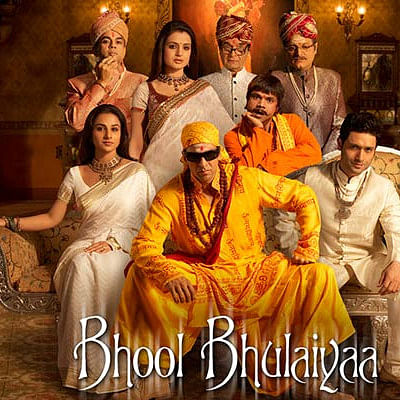
In 2022, Anees Bazmee's spiritual follow-up Bhool Bhulaiyaa 2, starring Kartik Aaryan, Tabu, and Kiara Advani, was released. In 2024, Bazmee returned with a third instalment, featuring Madhuri Dixit, Triptii Dimri, and Vidya Balan as Manjulika. Kartik Aaryan reprised his role as Rooh Baba from the previous film. While the sequels are spiritual successors with no direct connection to the original, the first film remains a compelling watch. Its charm, truly unbeatable, continues to endure despite the pomp and promotional efforts surrounding the later instalments.
The central plot of the movie revolves around the return of Siddharth (Shiney Ahuja), the current successor of a royal dynasty, and his archeologist wife Avni (Vidya Balan) to Varanasi. The ancestral palace is believed to be haunted by the ghost of Manjulika, an Odissi dancer from Bengal. As Avni starts taking an interest in the tales of Manjulika, the family undergoes a series of stressful events. Under these circumstances, psychiatrist Aditya (Akshay Kumar) comes to alleviate the situation. The cast of this movie is an ensemble, with veteran actors like Paresh Rawal, Rajpal Yadav, Manoj Joshi, Asrani, and Rasika Joshi playing key roles.
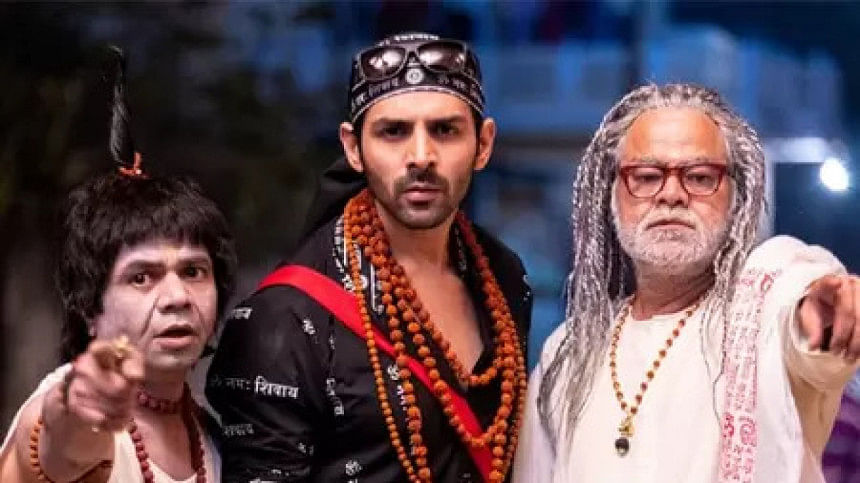
The key distinction between the original "Bhool Bhulaiyaa" and the sequels is the strength of the script. The first part is a psychological horror in its truest form, and one that deals with complex trauma. Shunning superstitions and ignorance, the emphasis that the key characters place on science and knowledge resonates with the younger generation.
For many millennials and Gen Z audiences, the film stands as one of the earliest creative productions to approach mental health with empathy. Unlike its sequels, it doesn't rely on tropes of black magic, curses, or spells—instead, it draws from local folklore. It shows how characters were drawn to old world charm, a trait common to many. More importantly, the film handles the effects of complex trauma; especially when triggered by sudden shocks; with sensitivity. Thus, the science-based reasoning behind the mystery that unfolded in the movie is a key reason why it remains a fun watch even after all these years. While the audience already knows the story, the way it is revealed continues to be compelling. It's not a delusional tale seeking validation, but rather a humane one seeking empathy.
The folklore of Manjulika herself is very gripping and even relatable. Unlike the sequels, there are no tales of black magic or hatred, but rather, one sees how she has been wronged by unjust power dynamics. Her plight is one that touches the strings of gender and class, and the depiction of pain rightfully evokes empathy. The plain narrative, unlike the sequels, brings a charm to the movie instead of making it dull. It helps the audience make sense of the unfolding, and anticipation and suspense are not lost.

The script of the movie is well-written, and the storyline is distributed across the many characters. The characters do not act as background props, unlike the sequels, but contribute to the charm of the movie by adding to its essence. The beauty of Varanasi, the simple rural scenery, the lifestyle of the village folk, and the impact of the sudden events are captured well. The characters add to the mystery of the household and the tension that arises due to the crisis. Yet the homeliness of it all binds the audience, bringing a sense of familiarity and genuineness that immerses them. The comic situations are played well with the blend of wit and physical comedy, unlike the sequels, where allegories dominate.
The movie is not reliant on visual effects. Instead, well-made sets and thorough acting bring compulsion and charm. Unlike the sequels, there are no unnecessary edits of lighting. The natural lights bring out the daylight beauty of the scenery and the mansion, and the night scenes depict the familiar fear of the dark. Instead of unnatural editing, true genius is shown through aspects like painting, ancient props, and interiors, bringing out the elements of fear and suspense.
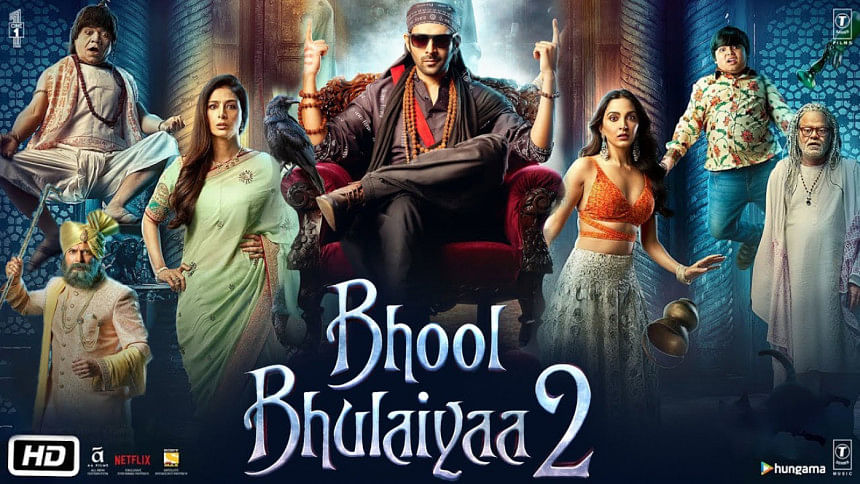
What truly binds the movie together are the performances of Vidya Balan and Akshay Kumar. The passion with which Vidya performs the courtroom dance shows the madness in her eyes and skills in her movements. Her cognitive dissonance, seeming like a possession, is exquisitely depicted. Akshay too balances humour with sincerity. Unlike the sequels, where the lead characters lack depth, this character depicts intellect, and that is well portrayed.
A Well-written storyline, adept comedy, sensitive depiction of a science-based tale in the beautiful backdrop of an ancestral palace make "Bhool Bhulaiyaa" a comfort watch. While its sequels may fail to evoke much recognition in popular culture, the original remains a timeless watch.

 For all latest news, follow The Daily Star's Google News channel.
For all latest news, follow The Daily Star's Google News channel. 


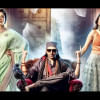


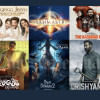

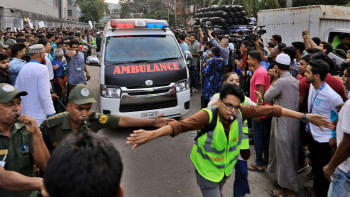
Comments